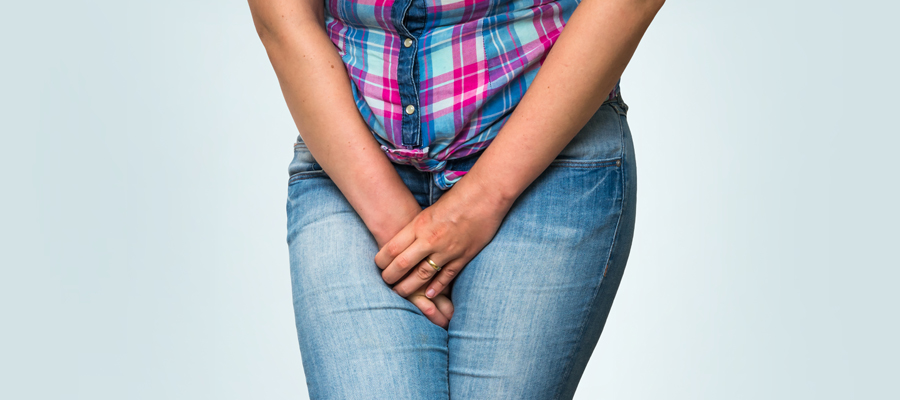Not all incontinence problems have the same cause or manifest themselves in the same way. It is important to freely talk about this problem so solutions can be found that allow a woman to fully enjoy adulthood without any taboos.
More than ever incontinence is being faced in a more natural way, but we still need to understand much more about incontinence to face the daily challenges it represents and to help eliminate any barriers and fears.
1
Incontinence affects one in four women over the age of 35.
2
400 million women suffer from the condition worldwide. In Spain alone it affects 6.5 million.
3
It is ranked as the third condition that causes the greatest loss of quality of life in Spanish women, after mental health issues and serious cardiovascular problems.
4
Urine loss due to weakness of the pelvic floor is associated with an increased risk of back discomfort.
5
The female bladder can hold 300-400ml of urine (about two glasses of water) during the day. At night this increases to up to 800 ml.
6
Between 40-70% of women who suffer from incontinence do not seek medical care.
7
78% of women do not use any specific products to manage the issue.
8
The rehabilitation of the pelvic floor or other preventative measures can delay or mitigate the amount of urine loss.
9
One third of sexually active women with pelvic floor disorders experience incontinence during intercourse.
10
Urine loss due to high-impact activities is very prevalent in female athletes that compete at the highest level.
11
There are three types of urinary incontinence::
- Stress (when laughing, coughing, sneezing, or exercising)
- Urge (an intense need that makes it impossible to get to the toilet in time)
- Mixed
12
In diabetic women, high blood sugar levels associated with diabetes result in larger amounts of urine, and therefore an increased risk of urine loss.


